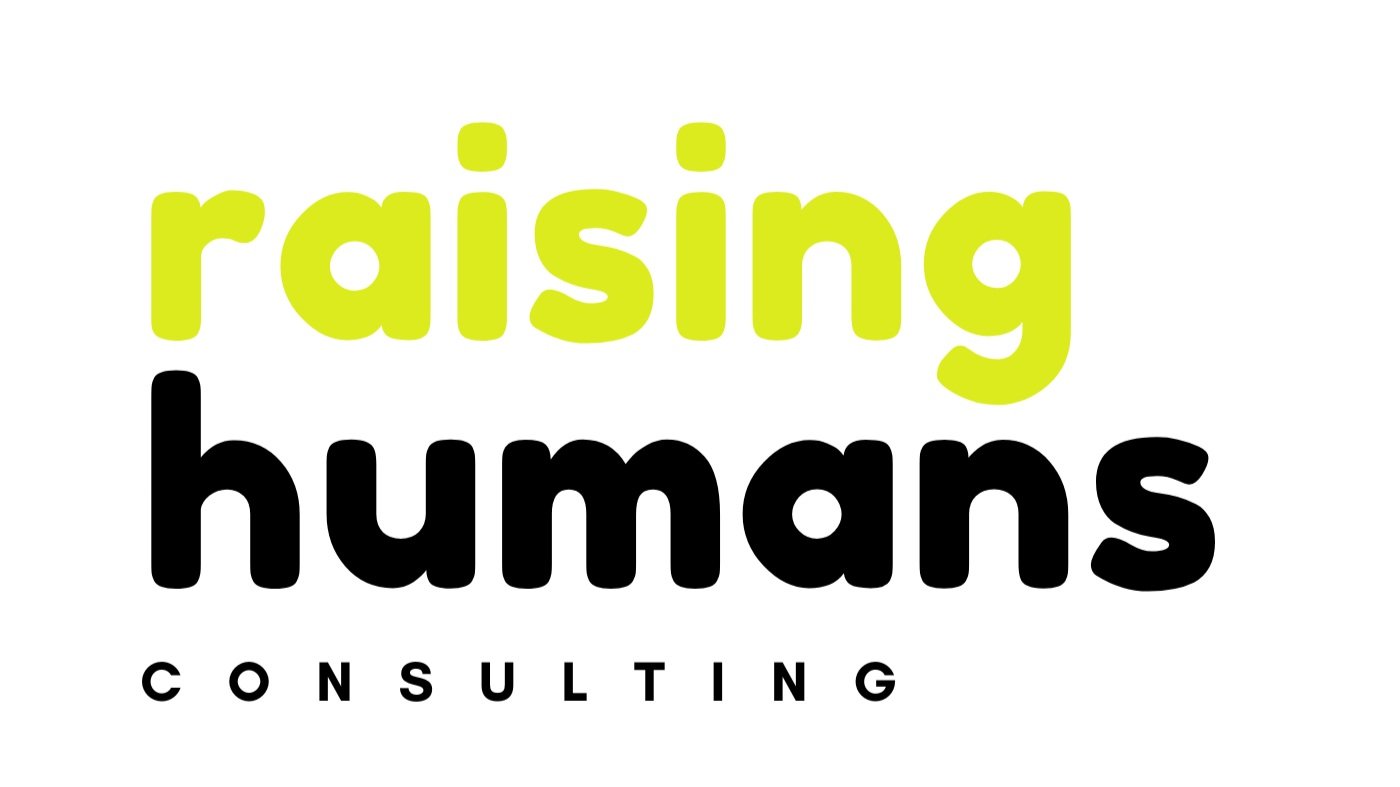Curriculum Selection: Spiral or Mastery-Based?
Selecting the appropriate curriculum for your students is a decision that can significantly impact their educational journey. Among the various approaches, two prominent methods often discussed are spiral and mastery-based learning. Each has its own set of principles, advantages, and considerations. Let's delve into the differences between these two approaches to help you make an informed decision.
Spiral Learning: Building Understanding Over Time
Spiral learning is a curriculum approach where topics are revisited and expanded upon over time, with each iteration deepening the students' understanding. This is typically the approach used in schools. This method introduces concepts gradually, allowing students to build upon their prior knowledge as they progress through the curriculum. Here are some key features of spiral learning:
Continuous Review: Spiral curriculums regularly revisit previously taught concepts, reinforcing learning and preventing knowledge decay. This repetition helps solidify understanding and retention over time.
Incremental Complexity: Topics are introduced at a basic level and then revisited with increasing complexity as students advance through grade levels. This incremental approach allows students to scaffold their learning and master concepts gradually.
Holistic Learning: Spiral curriculums often emphasize connections between different subjects and real-world applications. This interdisciplinary approach promotes holistic understanding and critical thinking skills.
Flexibility: Teachers have the flexibility to adjust pacing and depth of coverage based on students' needs and interests. This adaptability allows for differentiation and personalized learning experiences.
Mastery-Based Learning: Fostering Competency and Depth of Understanding
Mastery-based learning, also known as competency-based learning, focuses on ensuring that students achieve proficiency in each concept before moving on to the next. Mastery-based curriculums prioritize depth of understanding over breadth of coverage and typically include the following elements:
Clear Learning Objectives: Mastery-based curriculums define specific learning objectives or competencies that students are expected to master. These objectives serve as benchmarks for student progress and assessment.
Individualized Pace: Students progress through the curriculum at their own pace, allowing them to spend more time on challenging concepts while moving quickly through material they've already mastered. This individualized approach promotes personalized learning and prevents students from falling behind or feeling bored.
Formative Assessment: Ongoing formative assessment is integral to mastery-based learning, providing feedback to both students and teachers on progress toward mastery. Assessments are designed to measure understanding and identify areas where additional support may be needed.
Focus on Depth: Mastery-based curriculums prioritize depth of understanding over surface-level knowledge. Students are encouraged to explore concepts in greater detail, ask questions, and make connections to real-world contexts.
Considerations for Curriculum Selection
When choosing between spiral and mastery-based learning curriculums, several factors should be considered:
Student Needs and Learning Styles: Consider the diverse needs and learning styles of your students. Some may thrive in a structured, mastery-based environment, while others may benefit from the review and reinforcement provided by spiral learning.
Curriculum Alignment: Evaluate how well each curriculum aligns with your educational goals, standards, and philosophies. Choose a curriculum that best supports your school or district's priorities and objectives.
Teacher Preparation and Support: Consider the training and support teachers will need to effectively implement the chosen curriculum. Ensure that teachers have the resources and professional development opportunities necessary to succeed.
Assessment and Feedback: Assess the effectiveness of each curriculum's assessment and feedback mechanisms. Determine whether the assessment practices align with your goals for student learning and provide meaningful feedback to support student growth.
Resource Availability: Consider the availability of resources, materials, and technology required to implement each curriculum effectively. Ensure that the chosen curriculum is sustainable and feasible within your budgetary constraints.
My experience
Now that you have an understanding of the different options and considerations, I have seen greater success with mastery-based learning for most students.
Building confidence: Mastery-based learning helps students build confidence in both their skills and trust with themselves. Mastery-based learning provides clear markers of attaining a skill and also Because there are clear moments of progression
In conclusion, both spiral and mastery-based learning offer unique benefits and considerations for curriculum selection. While spiral learning provides continuous review and interdisciplinary connections, mastery-based learning prioritizes depth of understanding and personalized pacing. By carefully evaluating the needs of your students, alignment with educational goals, and support for teachers, you can make an informed decision that promotes student success and engagement in the learning process.
